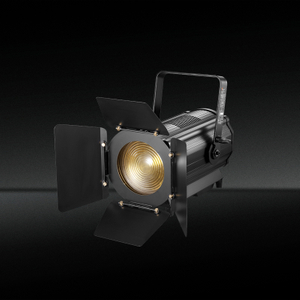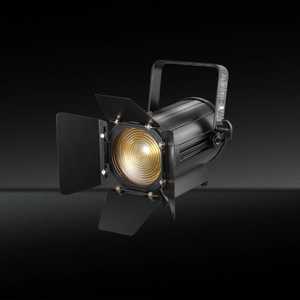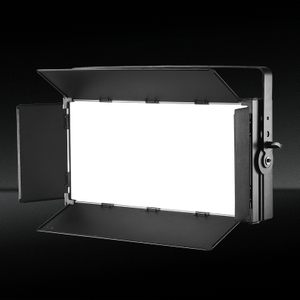Studio lighting project design-Part One
Views: 24 Author: Site Editor Publish Time: 2021-03-24 Origin: Site









With the development of the times, video has become the undisputed mainstream around us, and studios are not limited to TV stations. More and more companies and schools have joined in studio; no matter what kind of broadcast. The common feature of all rooms is use of LED lighting; then how to design a studio's lighting has become our main topic of concern today.
With the development of the times, video has become the undisputed mainstream around us, and studios are not limited to TV stations. More and more companies and schools have joined in studio; no matter what kind of broadcast. The common feature of all rooms is use of LED lighting; then how to design a studio's lighting has become our main topic of concern today.
Firstly, you need fully understand the customer situation as following:
①Understand the length, width, height and area of the studio (the area without the control room and the area with the control room);
②How many windows and doors are in the room, and their specific locations;
③Whether there are beams on the indoor roof and their positions;
④Whether the studio needs decoration;
⑤To understand the location of the fire-fighting ducts and central air-conditioning ducts in the studio, it is necessary to ensure that the height of the studio is sufficient to install the lighting system.
Secondly, understand the customer's requirements for the content of the studio
①The type of studio broadcasting content: news, interviews, station broadcasting, comprehensive, virtual, and real scenes;
②How many individual performances are being performed on a regular basis;
③How many seats are required for routine;
④Requirements for acoustic decoration;
⑤Customer budget.
Thirdly,choose the most suitable lighting for the studio
①Ambient light, illuminate the entire environment, make the picture look cleaner and brighter, generally use large LED panel lights, such as: TH-325 2112pcs Bi-color led soft panel light;
②Face light, evenly illuminate the host’s face to make the face delicate, generally use small LED panel lights, such as: TH-323 100W led soft panel ;
③Top light, also known as luminescence, illuminates the host’s hair, increases the texture and complements the light source on the shoulders. LED panel lights can be selected for the environment, such as TH-323 adjustable color temperature from 3000k to 6000k with 100w led power, or small LED spotlights, such as: TH-354 60W mini led fresnel spotlight;
④Side light, soften the blind spots that the main light can't irradiate, perfect the level of the whole picture, make the host's face more three-dimensional, generally use LED panel lights, such as: TH-326 220W video panel light;
⑤Backlight, also called contour light, makes the outline of the host obvious and prominent, and improves the overall picture effect of the character image. Generally, LED spotlights are used, such as: TH-340 200W zoom led fresnel light or TH-350 100W LED mini fresnel spotlight.
After understanding the above-mentioned related information, the design plan of the studio has roughly come out.

Next, let’s talk about the key points
Studio lighting design
In fact, there are too many ways to design the lighting in the studio, and only choose the most suitable lighting method according to the specific situation of the studio.
The first step is to classify the studio. According to the project area, it can be divided into three categories: large (over 400 square meters), medium (about 150 square meters) and small (under 50 square meters). Large studios are mostly used for performances, singing and dancing. Types, dramas, variety activities, stage plays, etc.; medium-sized are generally small fun activities, such as opera, quiz, symposiums, etc.; small-sized are mainly media, news, program announcements, interviews, board teaching, etc. Not a big show. Different program types, the number of hosts and guests are different, and the lighting arrangements are also different.















